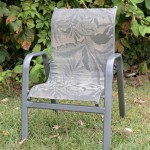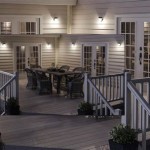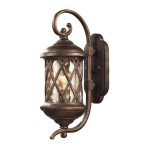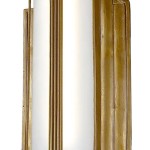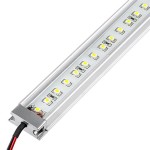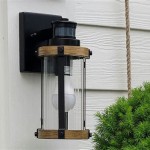Outdoor Motion Sensor Settings: A Guide to Customization and Optimization
Outdoor motion sensors, often integrated with security systems or lighting, play a crucial role in enhancing home security and energy efficiency. These devices detect movement and trigger pre-programmed actions, such as activating a security alarm, illuminating the area, or recording video footage. However, achieving optimal performance requires understanding and adjusting motion sensor settings to suit individual needs and environmental conditions. This article delves into essential outdoor motion sensor settings, providing a comprehensive guide for customization and optimization.
Sensitivity and Detection Range
Motion sensor sensitivity determines how easily it detects movement. A highly sensitive sensor will trigger more frequently, even for minor movements like swaying branches or small animals. Conversely, a less sensitive sensor might only react to significant movements, such as a person walking by. The ideal sensitivity level depends on the specific application and environment. For security purposes, a higher sensitivity is generally preferred to capture any potential intruder. However, in areas prone to false triggers, reducing sensitivity can minimize nuisance alarms.
The detection range defines the area covered by the sensor. This range is typically measured in feet and varies based on the sensor model and installation location. Factors such as obstacles, weather conditions, and the size of the area to be monitored influence the effective range. For instance, a motion sensor mounted on a high wall will have a wider detection range compared to one installed near ground level. It's crucial to consider the desired coverage and adjust the detection range accordingly.
Timing Settings
Motion sensor timing settings control the duration of the trigger response and the delay before activation. The response time determines how quickly the sensor reacts to movement. A faster response time is ideal for security purposes, ensuring immediate action upon detection. However, a shorter response time can lead to more nuisance alarms.
The delay settings control the time lapse between detecting movement and executing the programmed action. This delay allows the sensor to filter out brief movements, such as passing animals or wind gusts. A longer delay reduces false triggers but may also delay the activation of the desired action.
Light Duration and Brightness
For motion sensor lights, the duration setting specifies how long the lights stay on after detecting movement. This duration typically ranges from a few seconds to several minutes. It's essential to choose a duration that balances security and energy efficiency. A shorter duration saves energy but might not provide adequate illumination for security purposes. Conversely, a longer duration could be beneficial for safety but might waste energy.
Brightness settings adjust the intensity of the light emitted by the motion sensor fixture. The ideal brightness depends on the application and the surrounding environment. For security purposes, a brighter light can deter potential intruders and improve visibility. However, excessive brightness can be intrusive and create a light pollution problem.
Other Customizable Settings
Some outdoor motion sensors offer additional customizable settings beyond the basics of sensitivity, range, and timing. These features can further refine the sensor's behavior and enhance its functionality.
For instance, some sensors allow users to configure specific trigger zones. This function enables the sensor to activate only when movement is detected within designated areas, minimizing false triggers from undesired zones. Some models also provide options for day/night mode settings, allowing the sensor to trigger only during specific times or in low-light conditions.
Optimization Tips
Optimal motion sensor settings are crucial for maximizing their effectiveness. Here are some tips for optimization:
1.
Regular Maintenance:
Regularly clean the sensor lens to ensure optimal performance and prevent false triggers due to dirt accumulation.2.
Environmental Considerations:
Account for factors influencing detection range and sensitivity, such as foliage, weather conditions, and surrounding objects.3.
Testing and Adjustment:
After installation, test the sensor thoroughly in various conditions to identify potential issues and fine-tune the settings.4.
User Feedback:
Monitor the sensor's performance and adjust settings based on user feedback and experiences.By carefully considering these factors and adjusting settings accordingly, users can optimize their outdoor motion sensors to attain the desired level of security, energy efficiency, and convenience.

How To Alter The Settings On Your Pir Floodlight Security Light Sensor

Understanding Motion Lighting

Understanding Motion Lighting

Philips Hue Outdoor Sensor Review Trigger Lights And Homekit Gadgets With This 50 Cnet

120 Led Solar Security Light Black Spv Lights

Motion Sensor Lights Tips To Reset Detector

Eti 240 Degree Led Motion Sensor Light Outdoor White 3 Head Flood Security 1800 To 3600 Lumens Driveway Walkway 514032120 The Home Depot

Tips For Setting Up Your Motion Sensor Floodlight

3 Wire Outdoor Motion Detector With Time And Ambient Light Settings

Lepro Motion Sensor Outdoor Light Led Security Flood Lights With 3 Adjustable Heads 270 Wide Lighting Angle 27w 3200lm Super Bright Ip65 Waterproof For Yard Porch Garage Black Com
Related Posts
